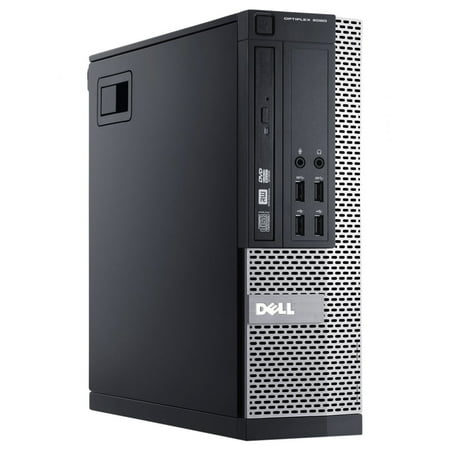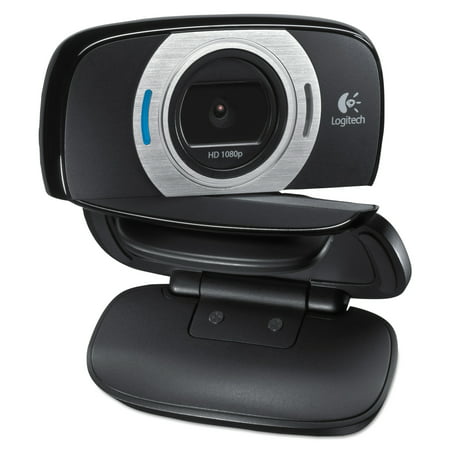New Webcam Auto Focusing Web Camera Cam w/ Microphone For PC Laptop Desktop (480p)
Features:- five Million pixels car focusing, cast off tedious focusing method.- 1080P excessive-definition camera, 5 Million pixels and true colour pictures.- Autofocus speed, excessive sensitivity, wise, Support 720P, 1080P video call, smooth photo, frame fee can attain 30FPS.- 6 layer glass coated lens, high-correct, no distortion of the photograph.- Video convention, meeting video, Works with many video conferencing software program applications.- Built-in noise canceling microphone. Make your voice call clearer.- Up and down 30 levels adjustable.- Can be stably placed at the computing device and clamped at the display (does no longer harm the display).- Automatic white balance, automatic colour correction.Compatible with USB2.0, 3.0.Specifications:- DSP chip: Driverless- Image sensor: CMOS- Lens: glass lens- Focal period: 8mm-infinity – High definition: five Megapixel- Resolution: 1920*1080- Frame fee: 30fpsPackage content material:- 1 x Web Camera- 1 x User ManualNotes:1. Manual measuring, please permit 1 ~ 3mm blunders,thanks.2. Due to the difference among exclusive monitors, the photo might not mirror the real coloration of the item. We guarantee the fashion is similar to shown within the picture.














Reviews
There are no reviews yet.